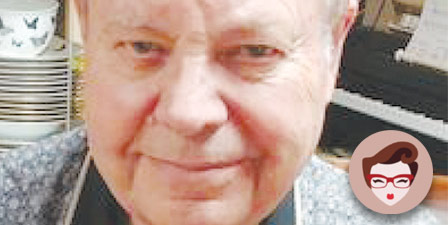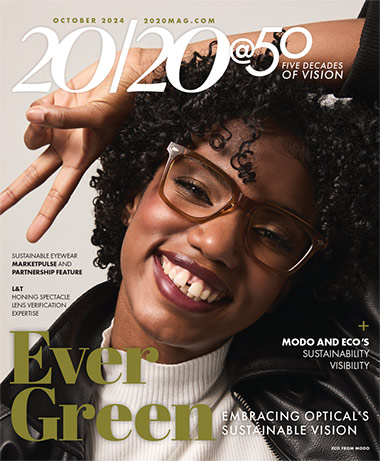By Linda Conlin, Pro to Pro Managing Editor

Have you ever rubbed your eyes and seen points of light while your eyes were closed? Have you heard the expression ‘seeing stars’ from a sneeze, laughter, a heavy and deep cough, blowing the nose, a blow to the head, or low blood pressure (such as on standing up too quickly or prior to fainting)? This experience is known as a phosphene. A phosphene is the phenomenon of seeing light without light entering the eye. Phosphenes can be induced by mechanical, electrical, or magnetic stimulation of the retina or visual cortex, or by random firing of cells in the visual system. Phosphenes have also been reported by meditators (called nimitta), people who endure long periods without visual stimulation (the prisoner's cinema), or those who ingest psychedelic drugs.
During eye rubbing, the pressure mechanically stimulates the cells of the retina. Pressure phosphenes can persist briefly after the rubbing stops and the eyes are opened, allowing the phosphene to continue in the presence of outside light. The ‘seeing stars’ phosphene may involve some mechanical stimulation of the retina but may also involve mechanical and metabolic (such as from low oxygenation or lack of glucose) stimulation of neurons of the visual cortex or of other parts of the visual system. Phosphenes can also be caused by some diseases of the retina and nerves, such as multiple sclerosis, and the British National Formulary lists phosphenes as an occasional side effect of at least one anti-anginal medication.
Now researchers at Monash University have identified a new way of mapping phosphenes to improve the outcome of surgery for patients receiving a cortical visual prosthesis (‘bionic eye’). Cortical visual prostheses are devices implanted onto the brain with the aim of restoring sight by directly stimulating the visual cortex, bypassing damage to the retina of the eye or the optic nerve. A typical prosthesis consists of an array of fine electrodes, each of which is designed to trigger a phosphene. Given the limited number of electrodes, understanding how electrodes can best be placed to generate useful perceived images becomes critical. (Monash University. "A better 'map' of the lights you see when you close your eyes can improve 'bionic eye' outcomes." ScienceDaily. (ScienceDaily, 12 October 2023. sciencedaily.com/releases/2023/10/231012013448.htm)
The study used a retinal mapping dataset based on MRI scans, consulting with a neurosurgeon about realistic electrode implantation sites in different individuals and applying a clustering algorithm (a group of data points that are similar to each other) to determine the most suitable regions to present stimuli. Potential implant locations would then be identified, and the simulation developed in the Monash research would be used to plot phosphene maps. Sighted participants in the study were asked to test and verify the phosphene maps based on visual acuity and object recognition. According to Associate Professor Yan Tat Wong, "We believe this is the first approach that realistically simulates the visual experience of cortical prosthetic vision."












